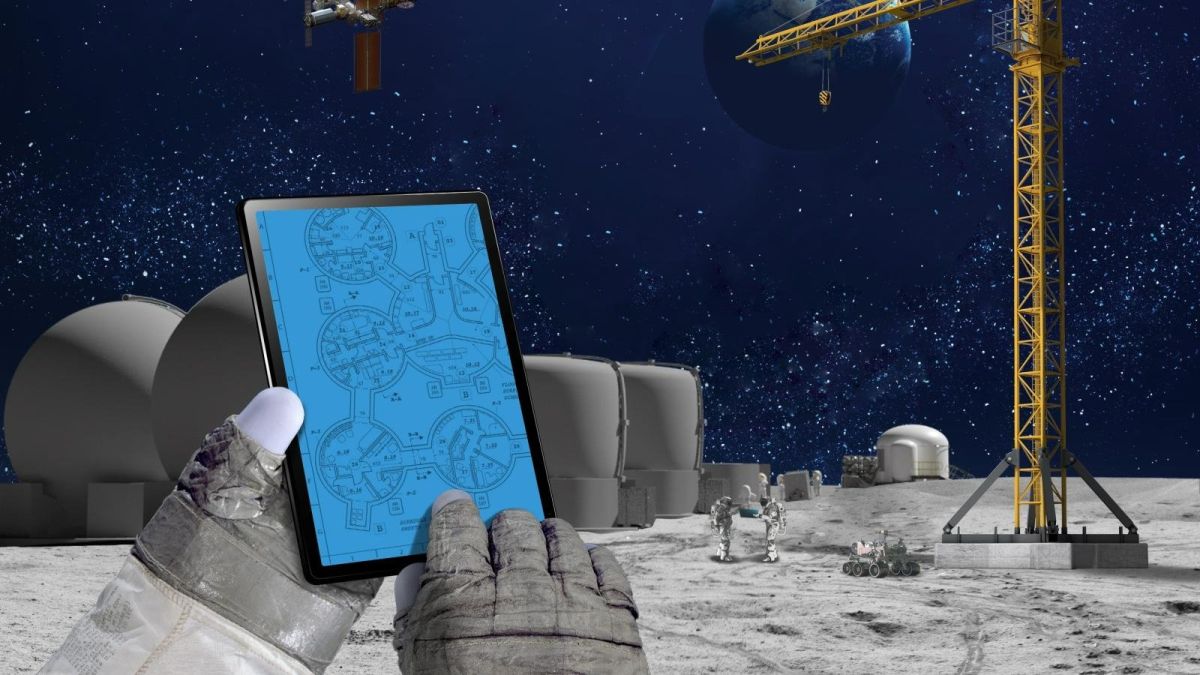This autumn, a sample of a new material resistant to cosmic radiation will be placed on the surface of the ISS. The trial will last 6 months. If it is completed successfully, the material can be used during monthly expeditions.

Radiation-resistant coating
This autumn, Florida International University is to test a radiation-resistant coating on the ISS. Most of the materials not only pass dangerous radiation for people, but also collapse themselves with it.
Therefore, scientists have created a completely new radiation-resistant material. It is not known when and by which rocket its sample will be sent into orbit. The chemical composition and properties of the new material also remain unknown. Perhaps this is due to the fact that it will be patented only after all the tests are completed.
It is known that a sample of the new coating will be outside the ISS for six months, after which it will be returned to Earth and tested using a mixture simulating lunar regolith. Thus, the material will be tested for stability under the action of several factors.
Material for the lunar base
The new material is designed to create structures in vacuum conditions and the action of cosmic radiation. However, the main branch of its application is construction on the Moon. The developers plan to use it already in the Artemis program.
It is known that the Artemis I unmanned mission should start already in 2022. Artemis II, within the framework of which a human flyby of the Moon is to take place, is scheduled for 2024. And in 2025 or 2026, Artemis III should land near the south pole of our moon and construction of various infrastructure will begin immediately after that.
Dust and radiation, sharp as sandpaper, are not the only factors threatening their integrity. Oxygen ions and micrometeorites are also dangerous. Therefore, the material for buildings should have a whole complex of physical, mechanical and chemical properties and also not be too expensive.
According to www.space.com
Follow us on Twitter to get the most interesting space news in time
https://twitter.com/ust_magazine

